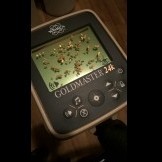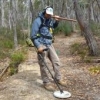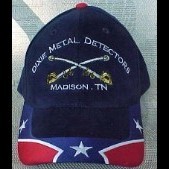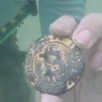The Great Debate Of Discrimination, Iron ID And Target #'s When Detecting For Gold. (long Read)
-
Similar Content
-
- 2 replies
- 332 views
-
- 17 replies
- 1,350 views
-
- 5 replies
- 709 views
-
- 13 replies
- 2,103 views
-
- 2 replies
- 314 views
-
- 5 replies
- 8,694 views
-
-










Recommended Posts
Create an account or sign in to comment
You need to be a member in order to leave a comment
Create an account
Sign up for a new account in our community. It's easy!
Register a new accountSign in
Already have an account? Sign in here.
Sign In Now